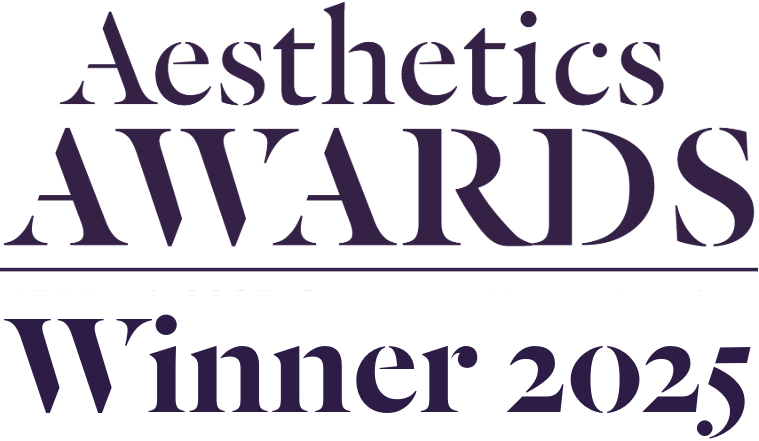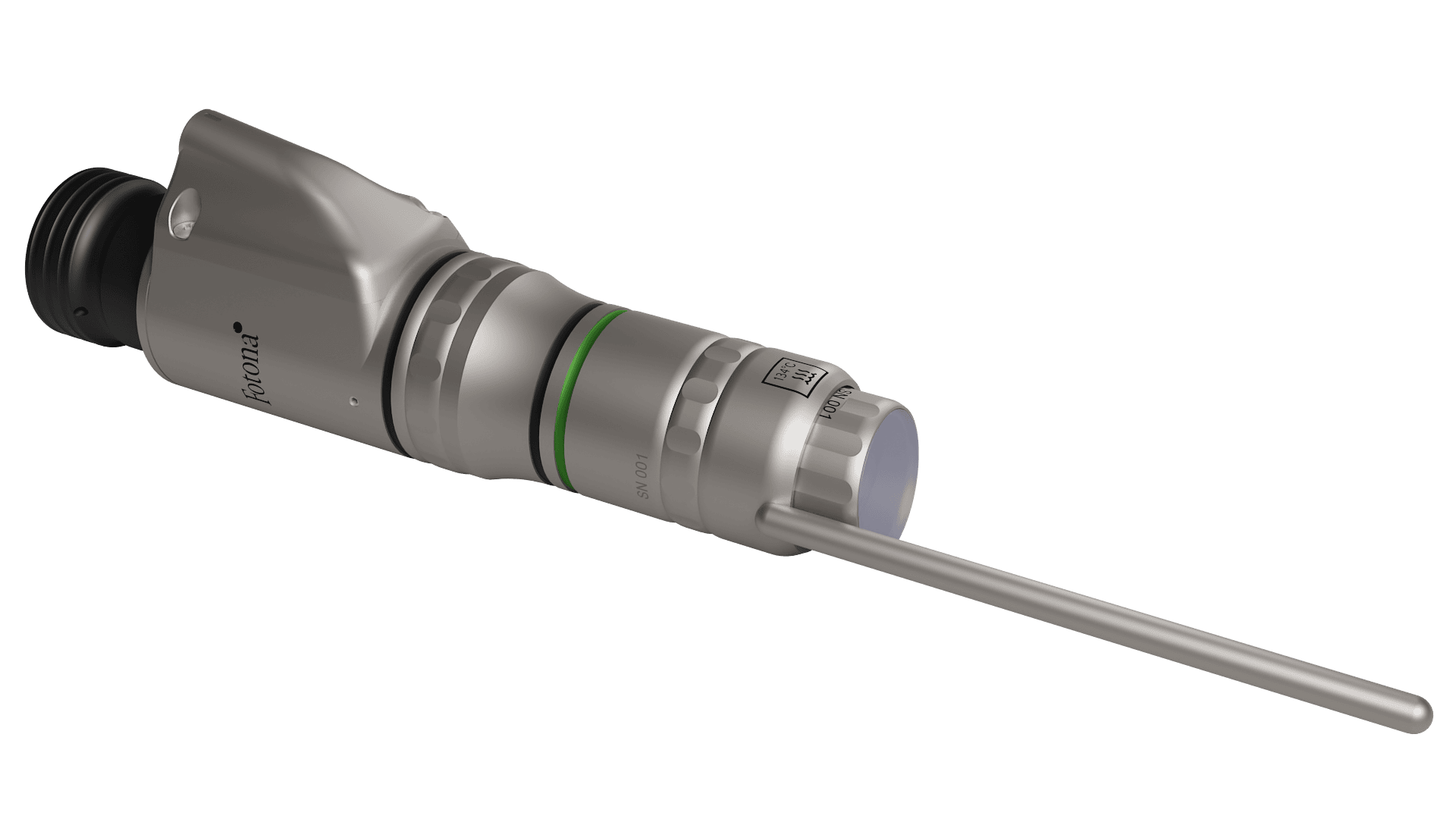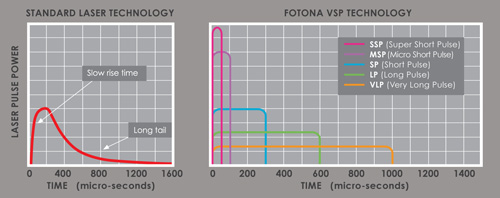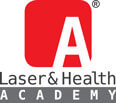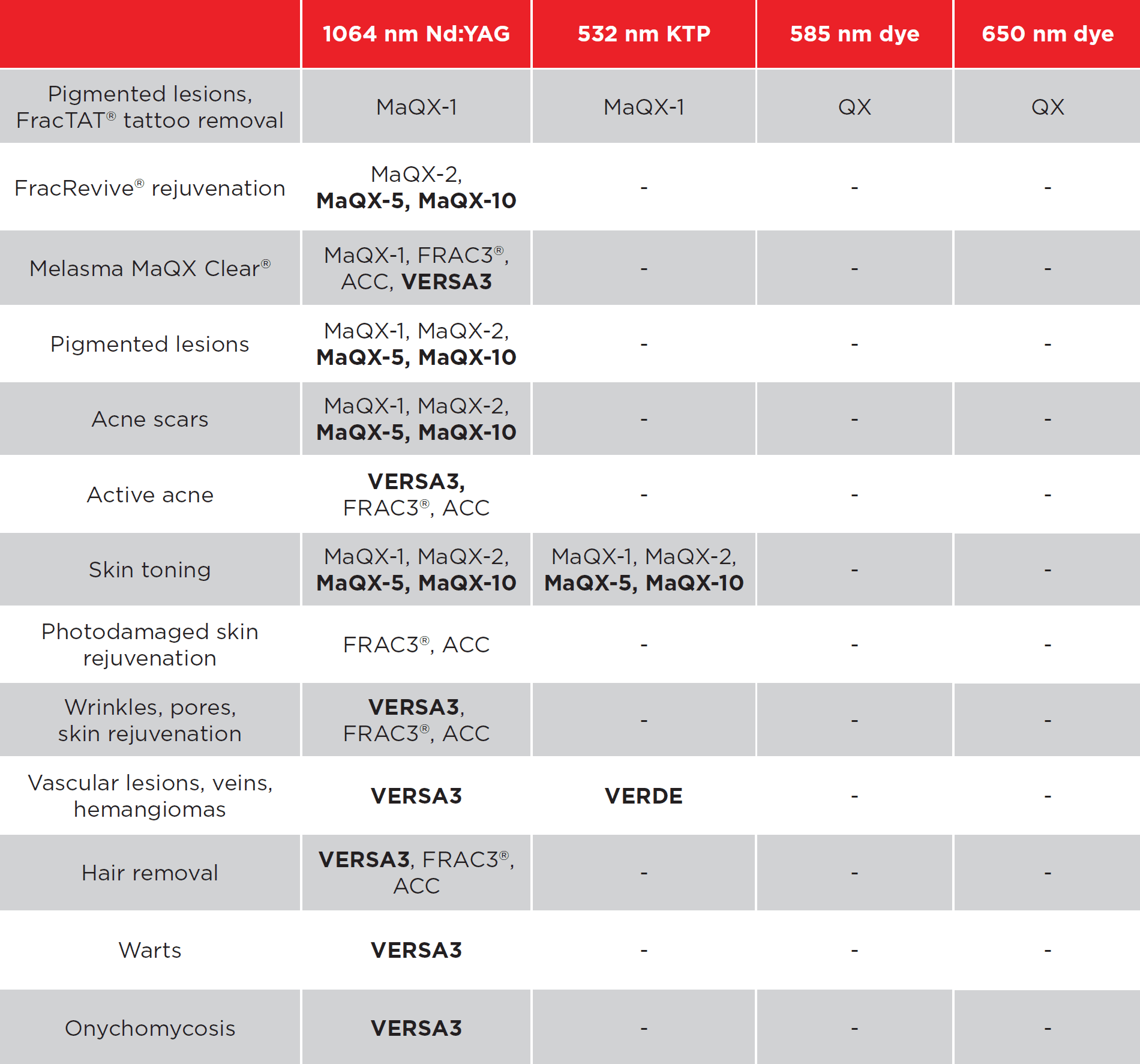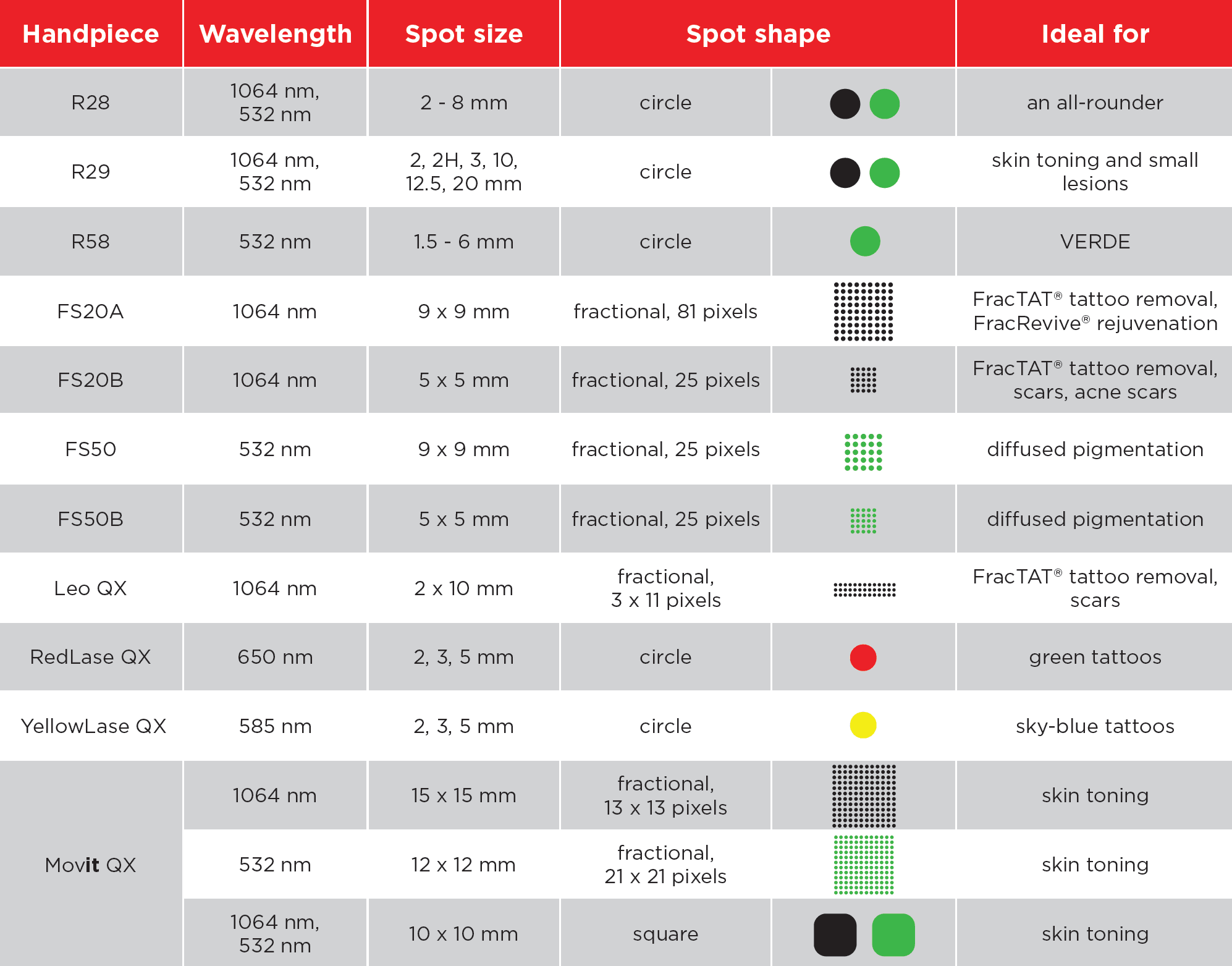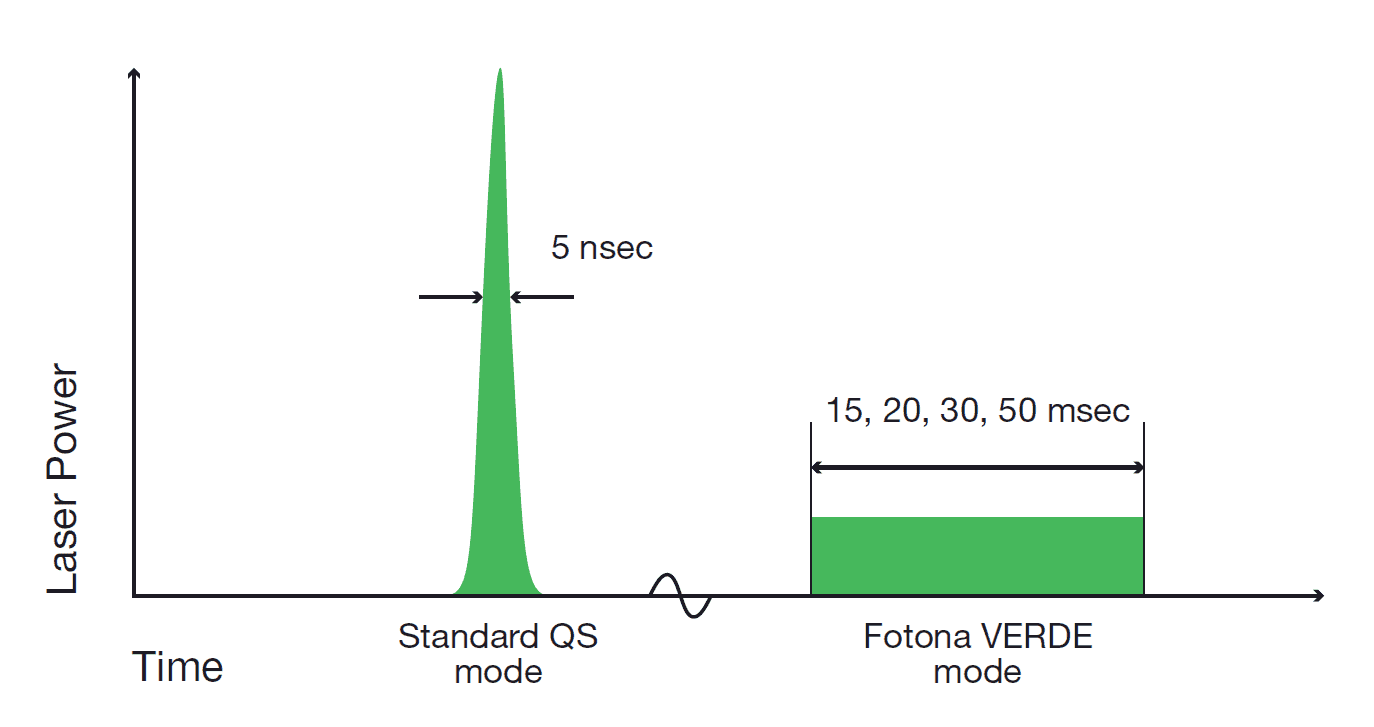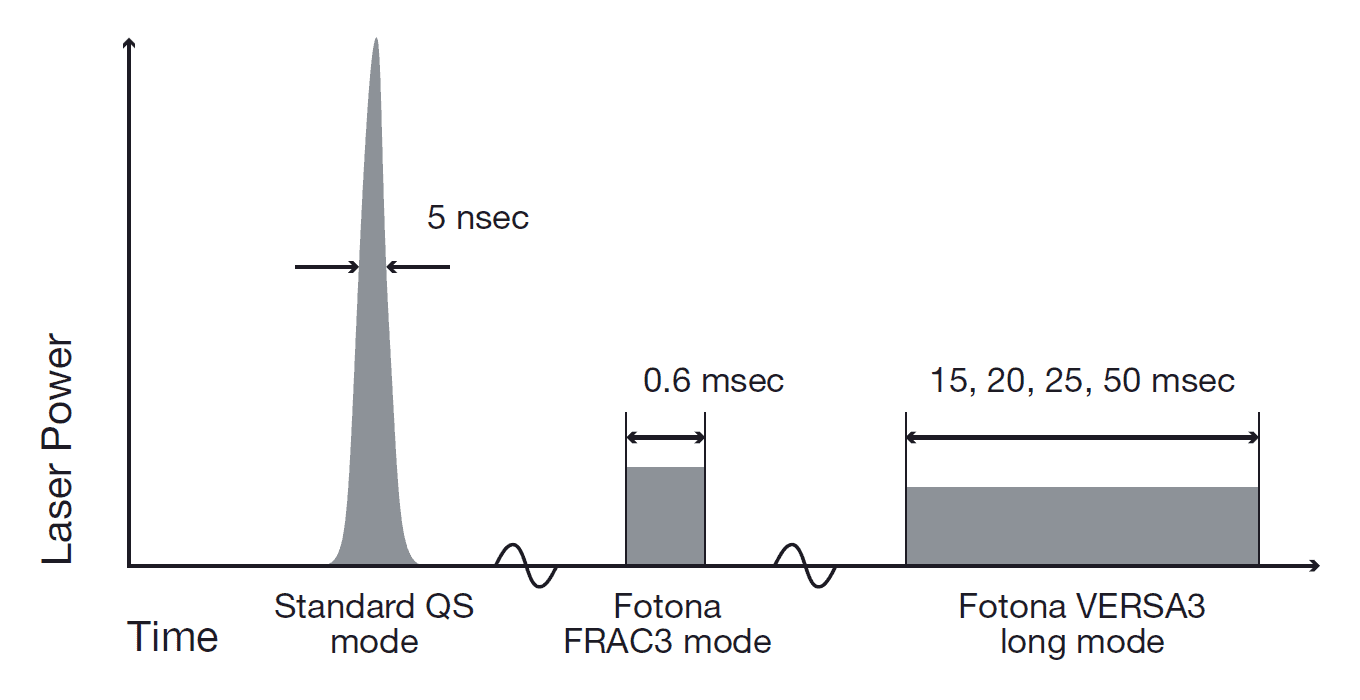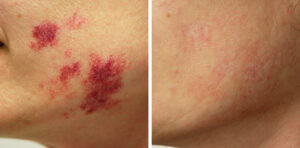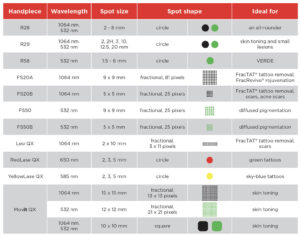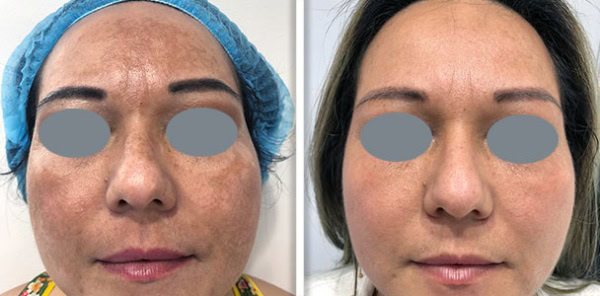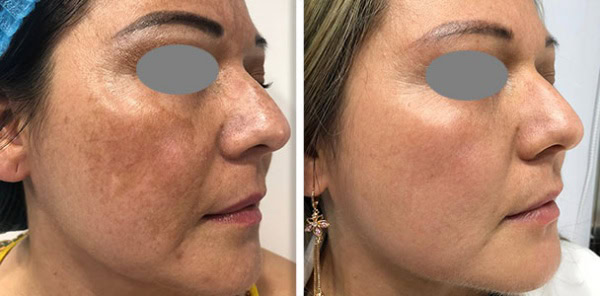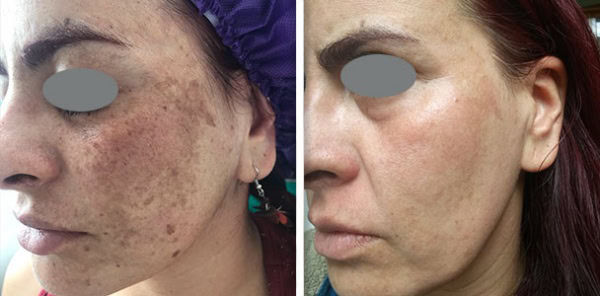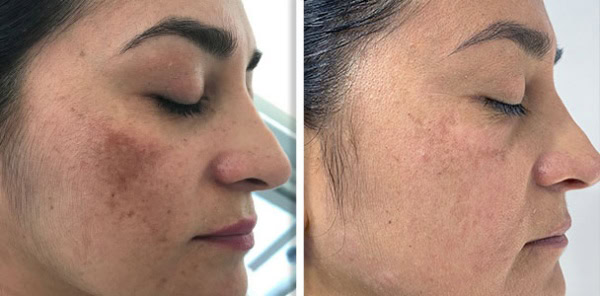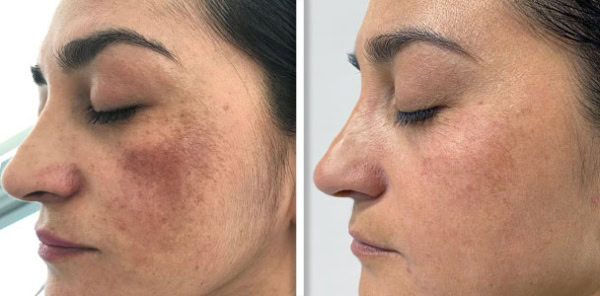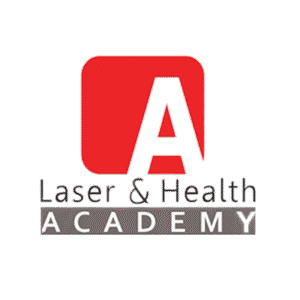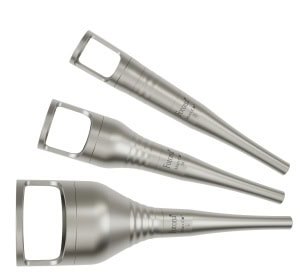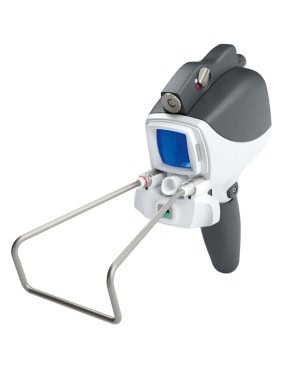When it comes to non-invasive skin rejuvenation, two technologies take center stage:
Fotona lasers and Sciton BBL (BroadBand Light). Both are excellent for addressing sun damage, pigmentation, redness, and aging signs—but they do so in quite distinct ways. If you’re looking into laser or light-based therapy, you will desire to know:
- Which one is faster?
- Which has more lasting results?
- Which one is better suited for individual skin issues?
This comprehensive comparison will deconstruct the most important differences between Fotona and Sciton BBL, such as treatment mechanisms, speed of outcome, recovery time, and clinical evidence.
Learning About Fotona and Sciton BBL Technologies
How Fotona Works
Fotona is a dual-wavelength laser system, the combination of Er: YAG (2940 nm) and Nd: YAG (1064 nm) lasers. This dual-wavelength technology enables it to treat several skin layers for advanced rejuvenation. The main advantages are:
- Deep collagen stimulation for tightness (using the SP Dynamis mode)
- Precise treatment of pigmentation, wrinkles, and vascular lesions
- Minimum downtime when compared to ablative lasers
Fotona is usually selected for patients who seek long-term structural enhancements as opposed to mere surface corrections.
How Sciton BBL Works
Sciton’s BBL (BroadBand Light) is a cutting-edge version of IPL (Intense Pulsed Light) with multiple wavelengths for addressing different skin issues. As opposed to lasers, which apply one wavelength, BBL emits a broad light spectrum; hence, it is versatile for:
- Sunspots and hyperpigmentation
- Redness and rosacea
- Fine lines and acne
BBL is particularly famous for its quick treatment sessions and little discomfort, making it a favorite among people with active lifestyles.
Key Differences: Fotona vs. Sciton BBL
1. Treatment Speed and Session Duration
Fotona:
Each treatment session is usually 30-60 minutes, and the majority of patients require 3-5 sessions several weeks apart for best results.
Sciton BBL:
Treatment sessions are significantly shorter, normally 15-30 minutes, and desired improvements are frequently realized in as few as 1-3 treatments.
Verdict:
For faster treatments and faster initial results, Sciton BBL is the superior option.
2. Time to Visible Results
Fotona:
Because it recruits collagen far into the skin, its effects are seen gradually over weeks to months, with optimal results apparent at 3-6 months.
Sciton BBL:
Patients frequently notice immediate change in pigmentation and redness within days, with further enhancement in the weeks that follow.
Verdict: For rapid visible changes, BBL takes the win. For more sustained structural changes, Fotona is the winner.
3. Downtime and Recovery
Fotona:
Typically has minimal downtime, with minor redness or swelling that resolves within a day or two.
Sciton BBL:
It also has little to no downtime, although some patients have mild redness or darkening of pigmented lesions prior to flaking off.
Verdict:
Both are gentle with minimal recovery, but BBL perhaps has fewer post-treatment effects.
4. Longevity of Results
Fotona:
Because it stimulates new collagen growth, results last 1-2 years or longer with good skincare.
Sciton BBL:
Although it gives immediate improvements, maintenance sessions are typically required every 6-12 months to maintain results.
Verdict:
Fotona has longer-lasting effects, whereas BBL involves touch-ups periodically.
Clinical Evidence Supporting Fotona and Sciton BBL
Sciton BBL Studies
- A 2020 study in Lasers in Surgery and Medicine discovered that BBL greatly enhanced pigmentation and vascular lesions in only 1-2 sessions, with excellent patient satisfaction.
- Studies have also indicated that BBL can stimulate collagen over time, although not as deeply as Fotona.
Fotona Laser Research
- A 2019 study published in the “Journal of Clinical and Aesthetic Dermatology” showed that Fotona’s Nd: YAG laser caused progressive collagen remodeling during six months, resulting in lasting skin tightening.
- Yet another study established its efficacy for treating perioral wrinkles and skin laxity with minimal side effects.
Which Treatment is Right for You?
Choose Sciton BBL if you want:
- Fast, noticeable results (great for events or quick fixes)
- Minimal downtime (ideal for busy schedules)
- Treatment of surface-level pigmentation and redness
Choose Fotona if you want:
- Long-term skin tightening and collagen remodeling
- Deeper structural rejuvenation (better for aging skin)
- Results that last over a year with fewer touch-ups
Final Verdict: Speed vs. Longevity
- For quicker results, Sciton BBL is the winner, providing noticeable improvements in days with shorter sessions.
- For long-term anti-aging benefits, Fotona offers more lasting results, although they take longer to manifest.
Your decision ultimately rests on your skin objectives, timeline, and desire to have maintenance treatments.
References
- Lasers in Surgery and Medicine (2020). Efficacy of Broad Band Light for Pigmentation and Vascular Lesions.
- Journal of Clinical and Aesthetic Dermatology (2019). Long-Term Collagen Remodeling with Fotona Laser.
FAQ’s
- Which treatment is quicker, Fotona or Sciton BBL?
Sciton BBL generally achieves quicker visible results, with improvements to pigmentation and redness emerging in days following the first treatment. Fotona achieves its best outcomes more slowly, with optimal appearance taking weeks to months as collagen remodels.
- How many sessions are required for each treatment?
- Sciton BBL: Significant improvement in 1-3 sessions, with 3-4 weeks between each.
- Fotona: Typically requires 3-5 sessions, 4-6 weeks apart, to achieve complete skin-tightening and rejuvenation effects.
- Which one has less downtime?
Both Fotona and Sciton BBL have minimal downtime, but BBL might have an edge.
- BBL: Mild redness or darkening of pigmented areas that resolves within 1-2 days.
- Fotona: Potential slight redness or swelling, typically resolving within 24-48 hours.
- Which is more effective for deep wrinkles and tightening the skin?
Fotona is better for deep collagen stimulation and long-term tightening of the skin, whereas BBL is optimal for surface issues such as pigmentation and redness.
- Does Sciton BBL also stimulate collagen?
Yes, but less deeply than Fotona. BBL gives some stimulation of collagen, but Fotona’s laser is deeper for more structural renewal.
- How long do results last for each treatment?
- Sciton BBL: Results last 6-12 months, with maintenance every 6 months recommended.
- Fotona: Effects can last 1-2 years or more because of collagen remodelling.
- Which is more painful?
Both are well-tolerated, but sensations vary:
- BBL: Feels like a brief rubber band snap with cooling for comfort.
- Fotona: It can feel like warm pulses, but most patients tolerate it well.
- Can Fotona and BBL be used together?
Yes! Some clinics provide combined treatments—BBL for surface issues and Fotona for deeper tightening—for comprehensive rejuvenation.
- Which is better for acne and rosacea?
BBL is usually preferred for treating redness, rosacea, and acne because of its specific light wavelengths. Fotona can address acne scars but is not as frequently used for active acne.
- How do I decide between Fotona and BBL?
- Select BBL if you desire swift improvements in pigmentation, redness, or slight texture concerns.
- Select Fotona if you desire long-term contraction and deep collagen rejuvenation.
